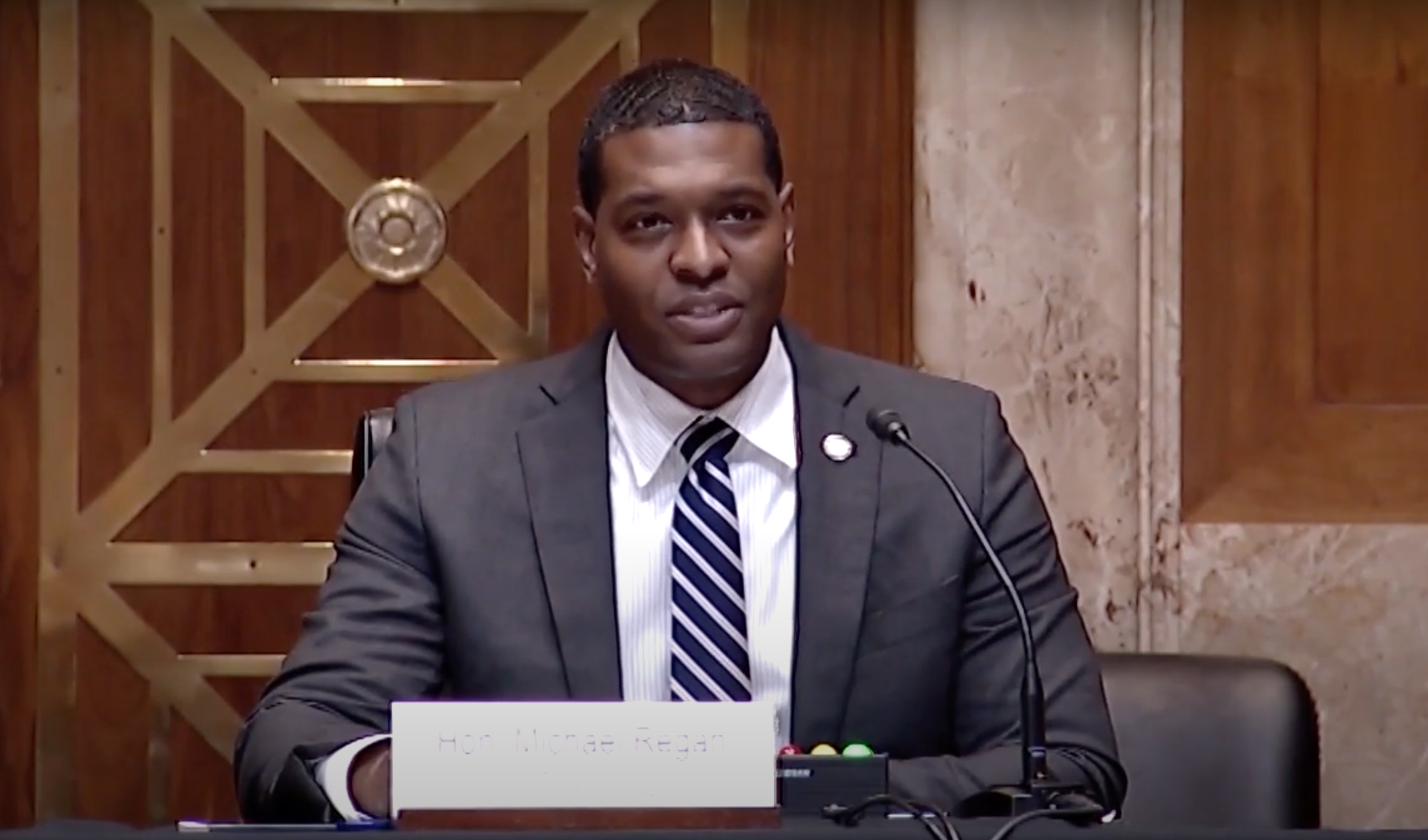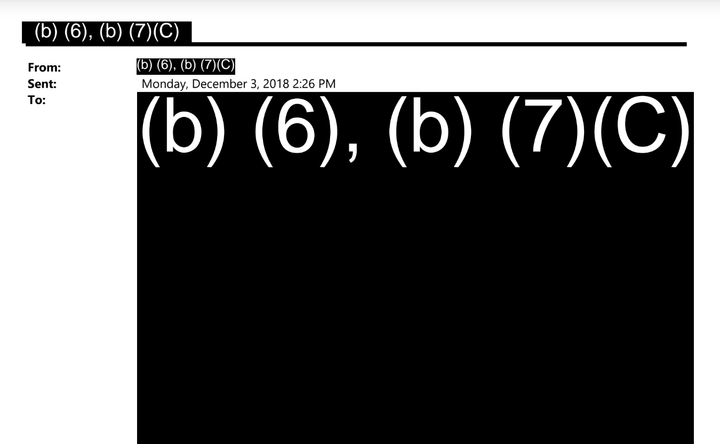EPA's Own Survey Shows Employees Fear Retaliation, Pressure To Alter Science

A majority of Environmental Protection Agency scientists surveyed by the agency in May indicated they are unable to “do their work knowing they are protected from intimidation or coercion to alter scientific data or findings.”
The survey also found nearly half of the scientists who responded do not believe they can “openly express” scientific opinions about the EPA’s work “without fear of retaliation.
Public Employees for Environmental Responsibility (PEER), which represents employees in the EPA, including whistleblowers, published the results from 2,668 scientists. The results were obtained through a Freedom of Information Act (FOIA) request.
“These survey results depict an EPA where politics routinely tramples science with no rescue in sight,” declared Pacific PEER Director Jeff Ruch, who shared “doubts that the state of scientific integrity” has improved since President Donald Trump’s term ended.
President Joe Biden’s EPA has been “big on rhetoric but short on any follow-through,” Ruch added.
Asked if they were “pressured to misrepresent or inappropriately alter, without justification, scientific conclusions or research findings” in 2019 and 2020, 137 scientists said yes. (That is “one in ten respondents.”)
One out of eight scientists said they were pressured to misrepresent or inappropriately alter “scientific conclusions or research findings in policy documents.”
More than 200 scientists indicated they experienced retaliation on an issue related to “scientific integrity.”
Seventy percent said they were uncomfortable reporting allegations related to a “lapses in scientific integrity” or misconduct because their confidentiality may not be protected.
Over 66 percent would not report allegations because they “think nothing will change,” and 58 percent feared retaliation from “senior agency leadership.”
Fifty-eight percent also were concerned about EPA leadership labeling them “troublemakers” if they reported alleged misconduct.
“Political interference,” “industry interference,” and “fear of retaliation” were considered [PDF] the “greatest obstacles” to completing work that prioritized and upheld science.
Greater accountability for political interference by decision-makers was deemed the “most useful” change the agency could make to address adverse working conditions.
The responses reflect the attitudes of EPA employees three months into Biden’s presidency. Yet there is little reason to believe that the hostile workplace for scientists, including potential whistleblowers, has improved.
Biden's Task Force on Scientific Integrity recommended zero penalties for anyone in the EPA who suppresses science as a service to industries the EPA is supposed to regulate.
Back in August, PEER submitted new information to the House Energy & Commerce Subcommittee on Oversight and Investigations, which showed how a system of chemical risk assessments mandated by statute for the past years is completely captured by the chemical industry.
Key EPA managers cycle between positions at the EPA and the chemical industry with “scant revolving door or conflict of interest scrutiny.”
“Besides ignoring risk indicators, EPA managers routinely use a 90-day review timeline to intimidate staff into signing off on assessments, where there is insufficient data to reach a conclusion,” PEER asserted.
For The Intercept, Sharon Lerner reported on four EPA whistleblowers, who challenged the “agency’s practice of routinely approving dangerous chemicals.”
Irwin, a scientist who has worked for the EPA for over 12 years, was asked to sign off on a risk assessment so a chemical could enter the market. However, the chemical was understood to impact “developing fetuses.” The chemical was similar to bisphenol A, or BPA, which is an “additive to plastics that is well known to cause reproductive problems as well as immune and neurological effects.”
According to Lerner’s report, Irwin “noted his concerns and a lack of studies that could allay them. His work on the assessment, a document that determines if and how a chemical is allowed to be used, also pointed out that workers faced risks from both breathing and touching the chemicals.”
Ultimately, Irwin’s conclusions were altered. The chemical he reviewed was a “hair-on-fire” case, meaning the manufacturer objected to the findings that the chemical posed a hazard. “A higher-ranked employee in the division took over the case and used a different—and, according to Irwin, scientifically inappropriate—approach that allowed the agency to avoid calculating the developmental risks posed by the chemical.”
“On June 15, 2020, the agency posted the final risk assessment of the chemical, which minimized risks to the general population and didn’t calculate the risks to workers that Irwin had highlighted.” Effectively, the chemical was approved by the EPA.
Lerner later reported in September that the confidentiality of the four whistleblowers was compromised “minutes” after the EPA received their complaint. An agency official shared their allegations with “six EPA staffers, including at least one who was named” in the document. It was also forwarded within 24 hours to staff implicated in the complaint.
Additionally, emails publicized by PEER showed one EPA manager asking contractors for a “button” so management could circumvent scientists when companies complained to the agency.
“We’d like a button or something and then we’ll assign whoever that person or persons may be to override everything,” the manager wrote.
PEER Science Policy Director Kyla Bennett, a scientist, attorney, and former EPA employee, reacted, “Reading these emails and other messages provides a sickening look into an organization that has become thoroughly corrupt."
“All of EPA’s internal safeguards to stem improper industry influence seem to have short-circuited.”




Comments ()